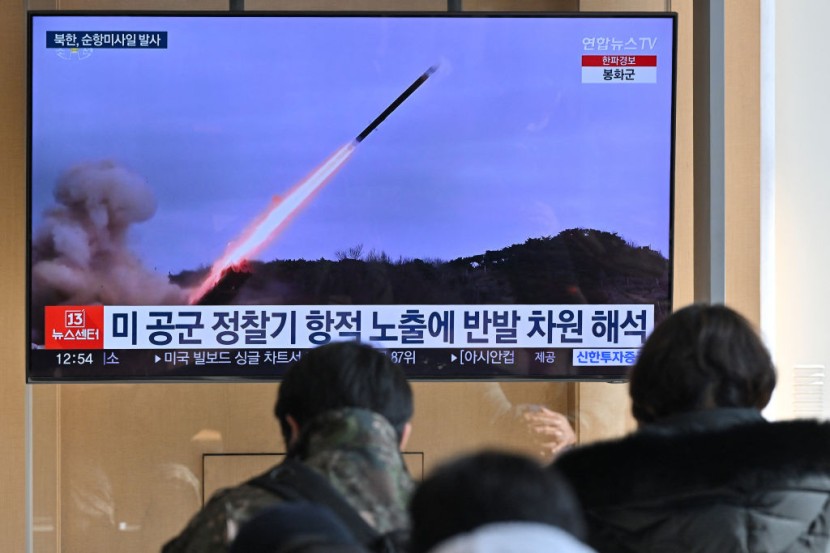North Korea has fired several cruise missiles off the West Coast into the Yellow Sea, the South Korean military confirmed.
South Korea's Joint Chiefs of Staff (JCS) reported the detection of multiple cruise missiles launched by North Korea toward the Yellow Sea at 7 a.m. on Wednesday. The statement mentioned that the details of the launches are currently under close analysis by both South Korean and U.S. intelligence authorities.
What are cruise missiles?

North Korea's recent missile launches contribute to an ongoing series of provocative weapons demonstrations, intensifying nuclear tensions with the United States, South Korea, and Japan, according to Al Jazeera.
This follows the country's test of its solid-fuel intermediate-range ballistic missile on January 14, 2024, making the recent Wednesday launches the second confirmed launch by North Korea this year.
The Wednesday launches are also believed to be North Korea's first use of cruise missiles since September. During that time, the country conducted a simulated "tactical nuclear attack" drill, involving the launch of two long-range weapons carrying simulated nuclear warheads into the Yellow Sea area.
Ballistic missiles use rocket propulsion initially, with multiple stages, and then follow an unpowered trajectory, arcing upwards before descending to the target. These missiles can carry either nuclear or conventional warheads, according to The Center For Arms Control and Non-Proliferation
In contrast, cruise missiles are unmanned vehicles propelled by jet engines, similar to airplanes. They can be launched from ground, air, or sea platforms and remain within the atmosphere throughout their flight.
Cruise missiles are capable of flying at low altitudes, just a few meters above the ground. Although this consumes more fuel, it also makes cruise missiles exceptionally challenging to detect. According to experts, this capability poses a distinctive threat as compared to ballistic missiles.
Increased Tensions on the Korean Peninsula
Tensions at the inter-Korean border have escalated due to North Korea's recent live-fire drills near the western maritime border, rendering the buffer zones established under the 2018 inter-Korean military agreement invalid, Yonhap News Agency reported.
North Korea also demolished a large arched monument in Pyongyang that had stood for over two decades, symbolizing the aim of reconciliation with South Korea. The destruction occurred weeks after Kim Jong Un, who called it an "eyesore," issued the order.
Recently, North Korean leader Kim Jong Un has declared South Korea as his country's "primary foe and invariable principal enemy," while also abolishing all organizations dedicated to fostering collaboration with Seoul.
In response, South Korea is in close coordination with the United States and is monitoring for additional signs from North Korea.
"Our military has increased surveillance and vigilance and is closely coordinating with the United States while monitoring for further signs and activity from North Korea," the JCS said in a statement.








